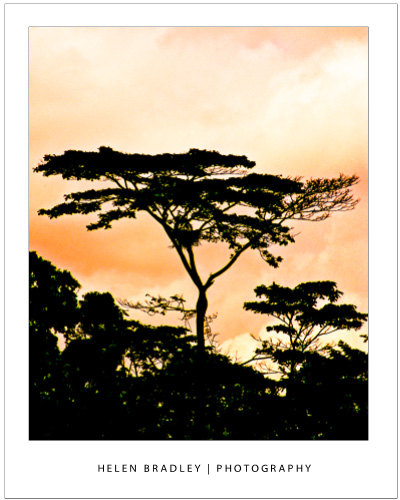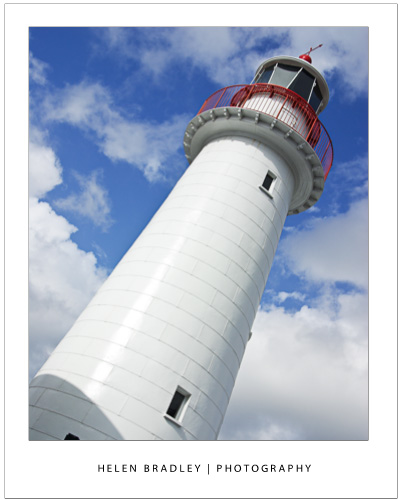
With cool autumn days comes a change in colour in many of the trees around us. While here in California we don’t have the great swashes of autumn colour that they enjoy on the east coast there are still patches of colour to capture that you won’t encounter any other time of the year.
So, it’s time to grab your camera and head out to make the most of the season. If you’ve got little people in your life (or you’re just a big kid yourself), you’ll find piles of golden leaves that just beg to be rolled in or thrown high in the air!
The best time to capture the colours of autumn is when the colours start appearing. The time frame between the best of the autumn colour and bare branches can be very short. A brief thunderstorm or burst of strong wind is all that separates a beautiful tree laden with autumn colour from being a pile of leaves on the ground. It’s all too easy to wait too long for the perfect day that never comes and, along the way, miss out on some great shots.
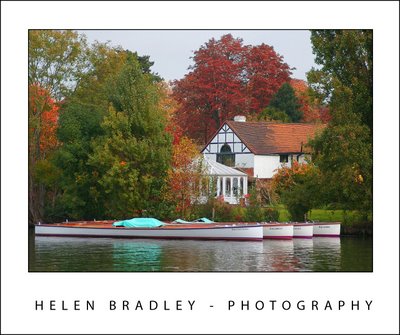
When capturing autumn colour look for contrasts such as the play of a golden tree against a bright blue sky. While banks of yellow and gold make great photos, a sharp contrast between two colours can make for a great image.
If you miss the best of the colour, and if there aren’t a lot of leaves around – get up close and shoot those leaves that you can find. Even a few splashes of colour can capture the feel of the season.
Use a filter
If you’re using a SLR (single lens reflex) camera with removable lenses you will be able to purchase and use filters with your camera. In addition, some point and shoot cameras can also take these filters. If yours can, then consider investing in a Polarizing filter. There are two types of polarizing filters, for a film SLR camera you will use a linear polarizer and for a digital SLR or point and shoot, you use a circular polarizer. These filters screw into the front of the lens and they work in a similar way to your polarized sunglasses by cutting the glare and giving you better and more intense colours particularly when the sun is very bright.
Don’t forget to remove the polarizer when you have finished shooting – you won’t want to use it indoors, for example or in low light conditions. Of all the filters you can purchase, a polarizing filter will give you results you can’t duplicate using software fixes.
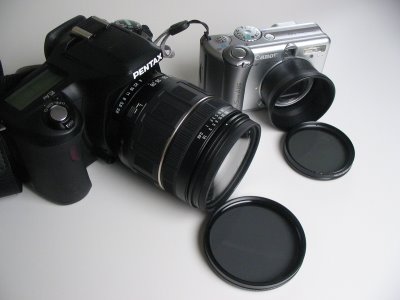
The Digital SLR on the left has lenses that take filters like the polarizing filter shown. You can buy the special adapter shown for some point and shoot digital cameras such as the one on the right – you simply screw the filters on to the adapter.
Finding good shots
The sun in autumn is lower in the sky than it is in summer when it is almost overhead. This low angle of light makes for long shadows which give you great photo opportunities.
Also look out for autumn colours reflected in still water or buildings. The contrast between the autumn colours and other objects in the water or the angular shapes of a building are an interesting contrast.
If you live in the city, chances are that your local park has trees that will change colour with the season so look for opportunities to capture the colours there. If you’re shooting the kids as they play among the leaves, get down to their level so you’re looking directly at them and not at the top of their heads. Alternately, capture them as they gather up leaves and throw them into the air. To get best results with action shots like this, use your camera’s sports mode so the action is frozen. If your camera has a burst shooting mode this is handy too as it will fire off a series of shots in quick succession so you capture all the action. You can also simply use the autumn colours to provide a background to your portraits. If you use a large aperture setting of around f2 the background will be blurred and the subject will be in sharp focus. Smaller aperture settings will give you more of the photo in focus.
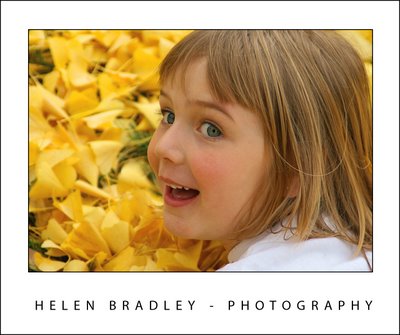
When you’re shooting in autumn, remember that all the standard techniques for taking great photos apply. You should compose your images carefully so it’s clear what the subject of the photo is. Avoid placing the horizon directly across the middle of the photo and, instead move it up or down to create a more interesting shot. Make sure to check the background of your photos so you don’t capture light poles and other distractions that will ruin the shot.
Autumn is all about looking for the opportunities that the season provides and taking advantage of them.
Helen Bradley




